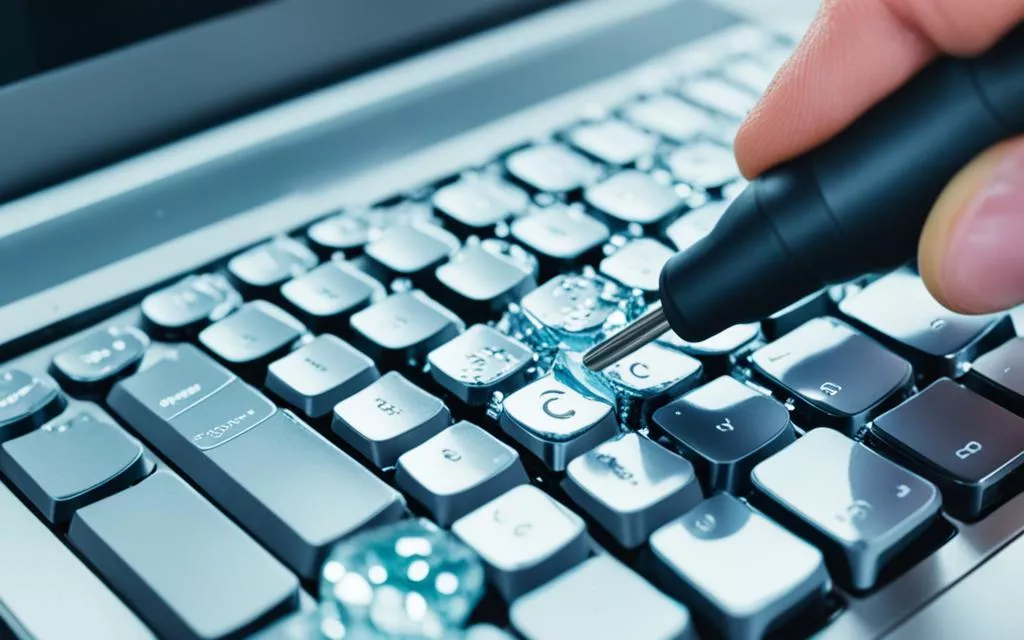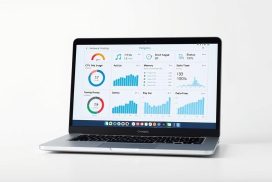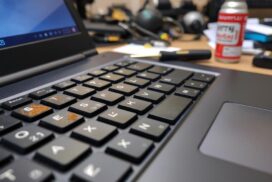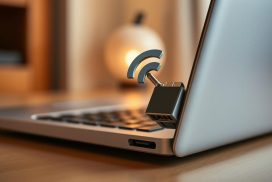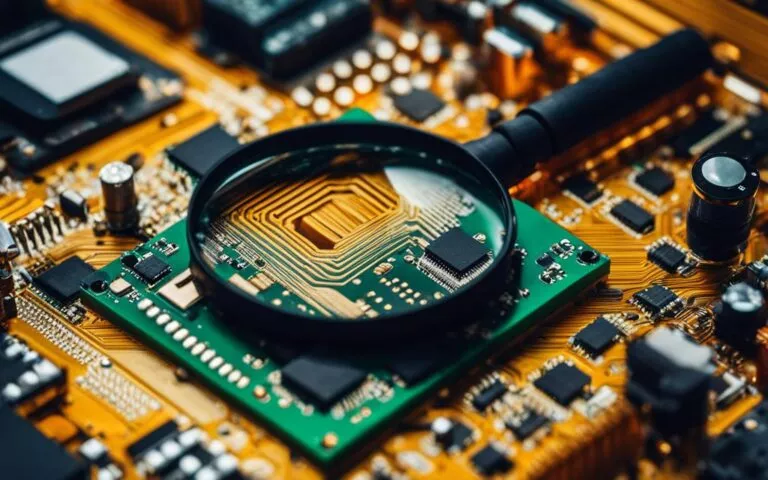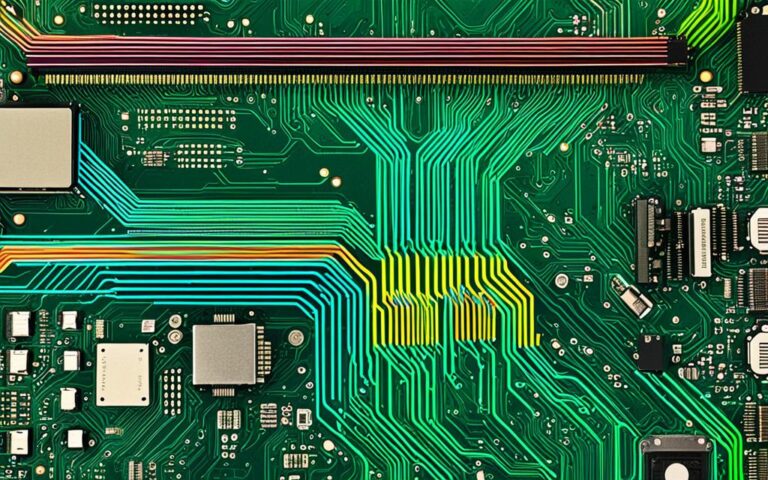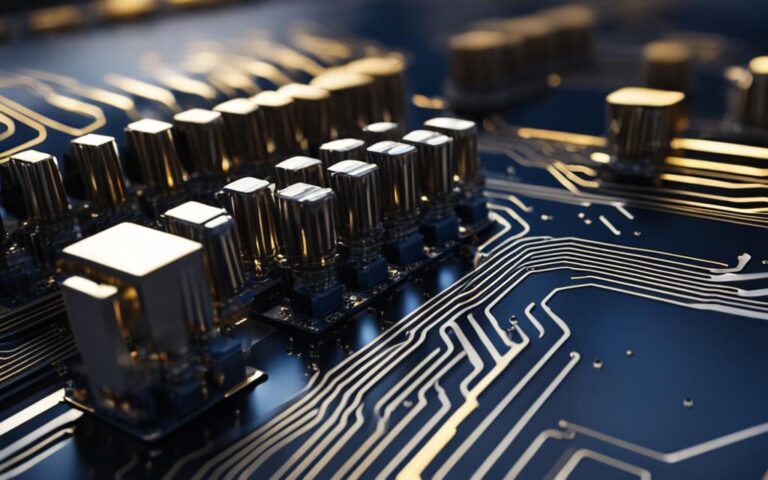How to Repair Laptop Keys Not Working After Spill
If you’ve accidentally spilled liquid on your laptop keyboard, you may be wondering how to fix the keys that are not working. The good news is that in most cases, a water damaged keyboard can be repaired. This article will provide you with expert tips and steps to restore functionality to your laptop keys after a spill. From unplugging the keyboard and flipping it over to using a lint-free cloth and removing the keys, we’ll guide you through the process of fixing your water damaged keyboard.
Do’s and Don’ts for Caring for a Water Damaged Keyboard
When dealing with a water damaged keyboard, it’s important to know what to do and what not to do to prevent dead keys or a dead keyboard. One of the key things to avoid is putting your keyboard in a bowl of rice, as this can introduce moist starch particles. Instead, you should unplug your keyboard from the computer, flip it over to let the water run out, and use a lint-free cloth to absorb excess water.
It’s also recommended to remove the keyboard keys for cleaning and to consider water-resistant options for future prevention.
“Putting your keyboard in a bowl of rice can introduce moist starch particles, so it’s best to avoid this method.” – Tech Expert
- Do: Unplug the keyboard from the computer immediately after the spill.
- Do: Flip the keyboard over to allow the water to drain out.
- Do: Use a lint-free cloth to absorb excess water from the keyboard.
- Do: Remove the keyboard keys for cleaning if necessary.
- Do: Consider purchasing a water-resistant keyboard for future prevention.
Steps to Fix Water Damaged Laptop Keyboard
If your laptop keyboard has suffered water damage, it’s important to take immediate action to prevent further issues. Follow these steps to repair your water damaged keyboard:
-
Step 1: Cut off the power supply
As soon as you notice water on your keyboard, disconnect the power supply and forcefully shut down your laptop. This will minimize the risk of a short circuit and further damage.
-
Step 2: Wipe the surface
Using a water-absorbent towel, carefully wipe the surface of the keyboard to remove any excess liquid. Be gentle to avoid pushing the liquid further into the keyboard.
-
Step 3: Dry the keyboard
Place the laptop upside down on a table to allow the water to drain away naturally. Then, use a hairdryer set on the cool air setting to gently dry the keyboard. Keep the hairdryer at a safe distance to avoid overheating the keyboard.
-
Step 4: Test the keyboard
After the keyboard has dried completely, test its functionality. If some keys are still not working properly, you may need to seek professional assistance or consider replacing the keyboard.
Remember, it’s crucial to clean up spills promptly to avoid further damage to your laptop. Water damage can lead to corrosion and permanent keyboard malfunction if not addressed promptly.
Here is an example of a table comparing different methods to fix water damaged laptop keyboards:
| Method | Pros | Cons |
|---|---|---|
| Using rice | Can absorb moisture | Potential for introducing starch particles, which can cause further damage |
| Drying with a hairdryer | Effective in quick drying | Can overheat the keyboard if not used carefully |
| Seeking professional help | Expert assessment and repair | May be costly |
“Properly drying the keyboard is essential to prevent further damage and ensure its functionality is restored. Remember to be patient and thorough in the drying process.”
By following these steps, you can increase the chances of fixing your water damaged laptop keyboard. However, if the damage is severe or persists after attempting the repairs, it’s recommended to consult a professional for assistance.
Tips for Dealing with Large Spills on a Laptop
If you’ve experienced a major spill on your laptop, acting quickly is vital to prevent internal damage. Follow these tips to handle large spills and safeguard your device:
- Perform a hard shutdown: Immediately turn off your laptop by holding down the power button. This helps avoid any potential short circuits.
- Unplug all cables and devices: Disconnect all power sources, peripherals, and accessories connected to your laptop to prevent electric shocks. This step is crucial to ensure your safety during the cleaning process.
- Remove the battery (if applicable): If you have a removable battery, detach it to minimize the risk of a short circuit.
- Clean the exterior: Gently wipe the outside of your laptop using a soft, absorbent cloth or a paper towel. This helps remove any excess liquid from the surface and prevents it from seeping into the internal components.
- Drain the liquid: Carefully place your laptop upside down on a flat surface. This allows the liquid to drain out naturally and reduces the chances of it penetrating further into the device. Leave your laptop in this position for at least 24 hours to ensure thorough drying.
- Inspect for damage: After the drying period, visually examine your laptop for any signs of damage. Look for areas where the liquid may have seeped into the interior or caused corrosion.
- Replace damaged components: If you notice any components that have been damaged, it’s advisable to replace them promptly. Consider using either first-party or third-party parts, depending on your preferences and budget.
By following these steps, you can effectively deal with large spills on your laptop and minimize the risk of long-term internal damage.
Preventing Further Damage
To prevent future spills from damaging your laptop, consider taking the following precautions:
- Use spill-resistant accessories: Invest in spill-resistant keyboards or keyboard covers to provide an extra layer of protection against liquid ingress.
- Keep liquids away from your laptop: Avoid having drinks or other liquids near your laptop while working or using it. Accidental spills are more likely to occur when liquids are in close proximity.
- Take breaks and be mindful: Regularly taking breaks from your laptop and being mindful of your surroundings can help reduce the chances of accidental spills.
- Consider a spill-proof laptop: If you frequently work in environments prone to spills, consider investing in a spill-proof laptop that offers additional protection against liquid damage.
By implementing these preventive measures, you can significantly reduce the risk of future spills and protect your laptop from potential harm.
Tips for Dealing with Small and Sticky Spills on a Laptop
Accidents happen, and even a small spill on your laptop can potentially cause damage. Whether it’s a few water droplets or a spill involving sticky substances like soda, it’s important to take immediate action to mitigate any potential harm. Follow these tips to effectively deal with small spills on your laptop:
1. Power Down and Blot the Liquid
Firstly, power down your laptop immediately after the spill occurs. Use a paper towel or a microfiber cloth to blot up the liquid without wiping. This helps prevent the liquid from seeping into sensitive components and causing further damage.
2. Removing Sticky Residue
If the spill involved sticky residue, such as soda or sugary drinks, you may need to dissolve the residue. Create a solution of warm distilled water or isopropyl alcohol and gently dab it onto the affected area using a clean cloth or cotton swab. Be careful not to saturate the laptop with excessive liquid.
3. Drain Excess Liquid
To ensure all excess liquid is removed, turn the laptop upside down or on its side. This allows any remaining liquid to drain out naturally. You can also use canned air or a blow dryer on the cool air setting to speed up the drying process. Avoid using heat to dry the laptop, as it can cause damage.
4. Test Keyboard and Performance
Once you’ve completed these steps, it’s crucial to test the keyboard and overall performance of your laptop. Check if any keys are sticking or not functioning properly. If you notice any issues, it’s advisable to seek professional assistance or consider replacing the keyboard.
TIP: Taking immediate action and following these steps can significantly reduce the chances of liquid damage to your laptop. Remember, prevention is always better than a costly repair!
By promptly addressing small spills and sticky residue on your laptop, you can prevent potential damage and keep your device in optimal working condition. Remember to always exercise caution and consult professional help if needed.
| Steps | Description |
|---|---|
| 1 | Power down the laptop and blot the liquid without wiping. |
| 2 | If sticky residue is present, dissolve it with warm distilled water or isopropyl alcohol. |
| 3 | Turn the laptop upside down or on its side to drain any excess liquid. |
| 4 | Test the keyboard and performance to ensure there is no liquid damage. |
Conclusion
Spilling liquid on your laptop keyboard can be a frustrating experience, but it doesn’t have to spell the end for your device. With the right steps and care, you can repair a water damaged keyboard and restore functionality to your laptop keys.
Remember to immediately unplug the keyboard and power off your laptop to prevent further damage. Next, carefully dry the keyboard using a lint-free cloth, ensuring that no excess water remains. For a thorough cleaning, you may need to remove the keys and clean them individually.
If the damage is severe or you’re unsure about how to proceed, professional help or keyboard replacement may be necessary. By taking preventative measures, such as using a water-resistant keyboard cover, you can minimize the risk of future spills and keep your laptop keyboard in good working condition for years to come.
FAQ
Can a water damaged keyboard be repaired?
Yes, in most cases, a water damaged keyboard can be repaired.
What should I do if I spill liquid on my laptop keyboard?
Immediately unplug the keyboard, flip it over to let the water run out, and use a lint-free cloth to absorb excess water.
Should I put my keyboard in a bowl of rice?
No, it is not recommended to put your keyboard in a bowl of rice as it can introduce moist starch particles. Follow the steps mentioned above instead.
What steps can I take to fix a water damaged laptop keyboard?
Cut off the power supply, shut down the laptop, wipe the keyboard surface with a water-absorbent towel, dry the laptop with a hairdryer on the cool air setting, and consider replacing the keyboard or seeking professional help if necessary.
What should I do if I spill a large amount of liquid on my laptop?
Perform a hard shutdown, unplug all cables and devices, remove the battery if possible, clean the outside of the laptop, place it upside down on a flat surface to allow the liquid to drain out, and leave it in this position for at least 24 hours before powering it back on.
How should I clean up small spills on a laptop?
Power down the laptop, blot up the liquid with a paper towel or microfiber cloth without wiping, turn the laptop upside down or on its side to let any excess liquid drain out, and use canned air or a blow dryer on the cool air setting to speed up the drying process.
How can I prevent further damage from spills on my laptop?
Clean up spills promptly, consider water-resistant options, and take preventative measures to minimize the risk of future spills.
Can I repair a water damaged keyboard myself?
Depending on the severity of the damage, you can attempt to repair it yourself following the recommended steps. However, professional help or replacement may be necessary in severe cases.
